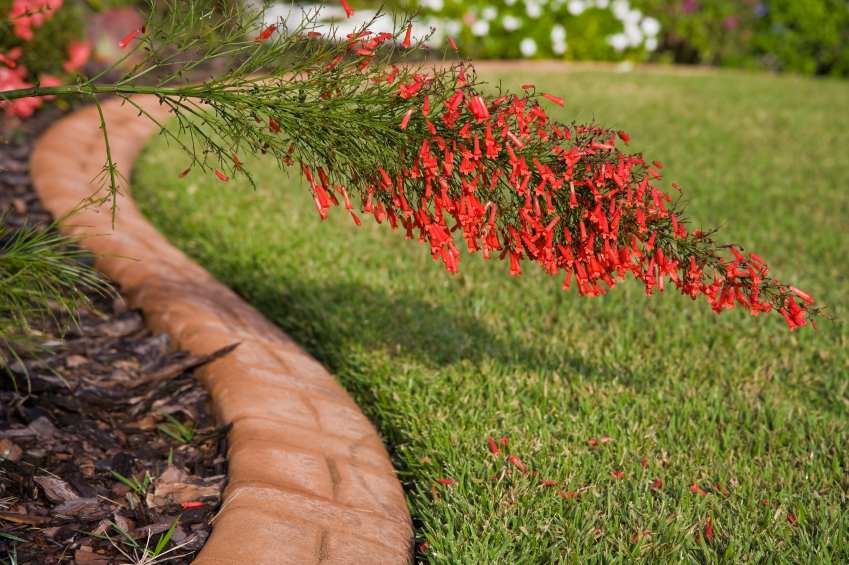Your cart is currently empty!

Tips For Flower Beds

A well-managed flower bed can be a gardener’s paradise. It’s rewarding to nurture a beautiful garden from seed and enjoy its blooms throughout the year.
However, there are several things that you must take into consideration before planting your flower garden. By following these tips, you’ll be sure to have a beautiful garden.
1. Choose the Right Site
When it comes to building a flower bed, the right site is key. The right location will not only help you choose the right plants, but also provide plenty of sunlight and water for them to thrive.
A full-sun site with direct sunlight for at least six hours a day is ideal, but a shady location can also make a good flower bed. Whether you opt for a shady or bright spot, a well-draining, rich, loamy soil is essential for healthy plant growth. The best way to accomplish this is to rake the area, break up large clods of dirt and add compost to enhance the soil.
2. Create a Plan
One of the most important parts of creating a flower bed is creating a plan. Think about the colors you’re going to use, how much sunlight the beds get and what kind of soil they will need.
Whether you’re trying to create a natural or wild look, using a color scheme can help your garden look pulled together and cohesive.
Also, a flower bed can soak up excess rainwater that might otherwise end up in the basement, preventing puddles and erosion. A bed that’s kept well-watered, pruned and fertilized will thrive.
3. Choose the Right Plants
Planting flower beds is a great way to add seasonal color and texture to your landscape. But it is important to choose the right plants for your site and conditions.
Generally, perennials offer more year-round interest than annuals. They tend to cost more per plant but will grow and bloom for years to come.
Before selecting a new perennial, research its maturity size and spacing requirements. The taller, older perennials should be in the back of your flower bed and the shortest plants up front.
4. Create a Design
Flower beds can be a beautiful and functional part of any landscape. They can add color and texture to a yard, as well as soak up excess water from around the property that could cause puddles or erosion.
Creating a design for your flower bed requires some basic planning and preparation. This can help you achieve a beautiful and functional garden that will last for years.
5. Add Mulch
Mulch moderates soil temperature, retains moisture and insulates plant roots. It also improves the look of flower beds and suppresses weed growth.
Organic mulches like wood chips and bark decompose over time releasing nutrients to plants and enriching soil. They are typically applied every year to maintain their benefits.
During the fall, mulching can help your garden look its best while also preparing it for winter. It can also ward off harmful pests and diseases that can attack your garden.
6. Add Accents
Accents are an important part of any garden design. They create interest and can draw the eye, especially in a garden with limited plantings.
Planters, urns and clay pots can highlight a variety of flowers and foliage. Tall decorative pieces, such as trellises and obelisks, also make good focal points.
Rock sculptures are a popular choice, as they are natural and versatile. They can be set under a shade tree or used as a focal point in a flower bed.
by
Tags: